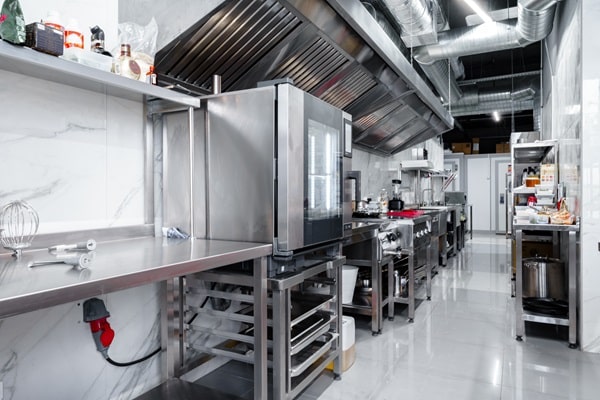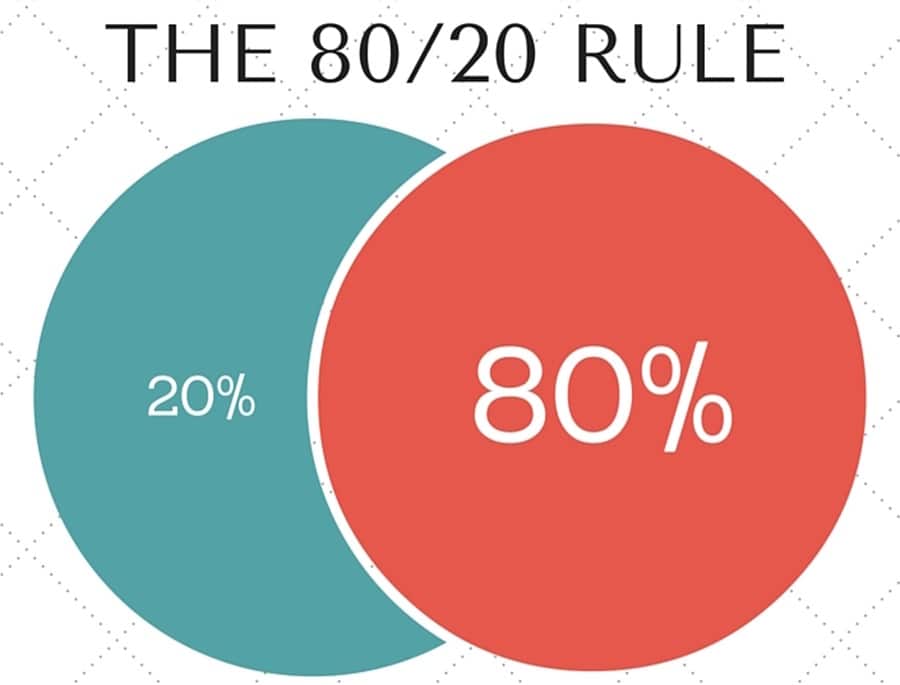Ah, the allure of dining out! The convenience of a ready-made meal, the variety of cuisines at your fingertips, and the sheer joy of not having to do the dishes. It’s easy to see why restaurants and fast-food joints have become integral parts of modern life. But while the benefits are often celebrated, the downsides tend to go unnoticed. This article is here to shed light on the various drawbacks of eating out, from the financial implications to health concerns and even the impact on social interactions and the environment. So, before you make that next reservation, let’s delve into what you might be signing up for.
Contents
The Financial Toll

Dining out often feels like a treat, but have you ever stopped to consider the markup on restaurant food? The cost of ingredients is just a fraction of what you end up paying. Restaurants have overheads—rent, staff salaries, utilities—and these costs are passed on to you, the customer. It’s not uncommon for a dish that would cost a few dollars to make at home to be priced at three or four times that amount on a restaurant menu.
But the financial implications don’t stop at the menu prices. There are also hidden costs that we often overlook. Tips, taxes, and other surcharges can add a significant amount to your final bill. And let’s not forget the extras—appetizers, desserts, and drinks—that you’re tempted to order. These add-ons, while delightful, contribute to the overall cost, making the dining experience far more expensive than initially anticipated.
Health Implications

When it comes to eating out, portion sizes are often much larger than what one would typically consume at home. This can lead to unintentional overeating, significantly increasing your caloric intake for the day. Restaurants are in the business of satisfying customers, and one way to do that is by offering generous portions. However, these portions often exceed recommended serving sizes, making it easy to consume more calories than needed.
Another health concern is the nutritional imbalance in many restaurant meals. While the dishes may be flavorful, they often lack essential nutrients like fiber, vitamins, and minerals. Instead, they are usually high in fats, sugars, and sodium. The excessive use of salt and sugar is a common practice in restaurants to enhance taste, but it comes at the cost of your health. High sodium levels can lead to hypertension, while excessive sugar can contribute to various metabolic issues.
Environmental Impact

The environmental footprint of dining out is another aspect that’s often overlooked. Restaurants generate a considerable amount of food waste, from preparation to what’s left on customers’ plates. This waste not only contributes to landfills but also represents a loss of resources like water and energy that went into producing that food.
Energy consumption in restaurant kitchens is another environmental concern. These kitchens are generally larger and use commercial-grade equipment that consumes more energy than your typical home kitchen. Additionally, the energy used for heating, cooling, and lighting in restaurants adds to their overall carbon footprint. While some establishments are making efforts to become more sustainable, the industry as a whole has a long way to go.
Impact On Social Skills And Family Time

Dining out can be a social activity, but it also has the potential to reduce quality family time. When families opt to eat out instead of cooking at home, they miss out on the bonding that comes from preparing and sharing a meal together. The act of cooking can be a collaborative and educational experience, especially for children, and it’s an opportunity that’s lost when choosing to dine out.
Moreover, the rise of social media has introduced another layer to the dining experience—the need to capture the ‘perfect’ meal photo. This focus on documenting rather than enjoying the meal can detract from real social interactions. Conversations are interrupted, and the essence of communal eating is lost as everyone becomes preoccupied with their screens.
Mental Health Concerns

The act of choosing a restaurant, deciding what to eat, and even navigating the social dynamics of dining out can lead to decision fatigue. This form of mental exhaustion can add unnecessary stress to what is supposed to be a leisurely activity. The paradox of choice comes into play here; the more options available, the harder it becomes to make a decision, leading to anxiety and dissatisfaction.
Another mental health aspect to consider is the Fear of Missing Out or FOMO. Social media platforms are flooded with pictures of trendy restaurants and exotic dishes, creating a sense of urgency to experience them all. This constant exposure can lead to social pressures and the feeling that one is missing out if one does not participate in the latest dining trends. The result is often a cycle of frequent dining out despite the various downsides discussed earlier.
Quality Of Ingredients

When dining out, there’s often a lack of transparency about the freshness and source of ingredients used in meals. Restaurants, especially large chains, may use pre-packaged or frozen items to cut costs and save time. While this practice is efficient for the restaurant, it can compromise the quality and nutritional value of the food served.
Sustainability and ethical sourcing are other concerns. Many restaurants do not provide information about where their ingredients come from, raising questions about their environmental impact and ethical practices. For those concerned about sustainability, the lack of information can be unsettling, making it difficult to make informed choices when dining out.
The Illusion Of Convenience

Dining out is often touted as a convenient option, but is it really? Consider the time spent waiting for a table, waiting for the meal to be prepared, and the commute to and from the restaurant. When all these factors are accounted for, dining out can be more time-consuming than initially thought.
Moreover, the perceived convenience of not having to cook or clean can lead to long-term inconveniences. Frequent dining out can result in health issues, financial strain, and even social and environmental consequences. What seems like a convenient option in the short term may lead to complications in the long run.
Consider Rethinking Your Next Reservation
In wrapping up, it’s clear that the experience of dining out is a double-edged sword. While it offers immediate gratification and a break from routine, the long-term implications are worth pausing to consider. From your wallet to your well-being and even the planet, the stakes are higher than they appear at first glance. So, before making that next reservation, why not try embracing the joys and benefits of a home-cooked meal? It might just be the change you didn’t know you needed.


